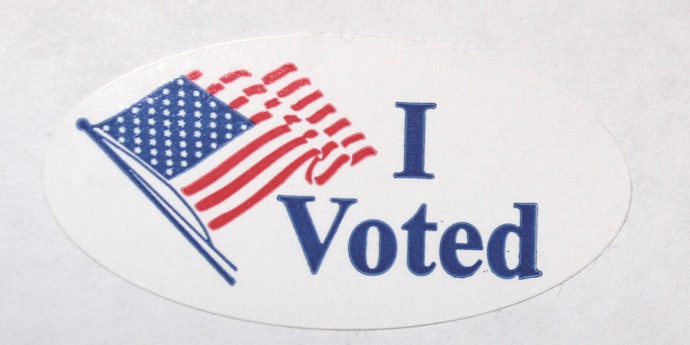As educators, part of our job is to teach students to be good citizens: to be informed and engaged in our government. It is not our job to teach students what to think or believe. Instead we need to teach them how to figure out the truth, and how engage in their local, state and federal government to impact their communities.
There are a number of ways you can use your local community to teach students how to get involved and how the action of a few can have a large impact. Below I've listed a few of the best ways to help students get involved in their local communities.
Visit Your Local Representative
Local representatives love to meet with students, all you usually have to do is ask. This could be a wonderful compliment to a lesson on the branches of government in the elementary grades. You could also bring a middle or high school class to talk about a current political event related to what you are learning about. Additionally, it could be a great way to learn about careers in politics and policy.
Register to Vote
Did you know that you don't need to be a able to vote to register people to vote? Planning a voter registration drive for before or after school is a great way for a class to learn about and engage with the election process. Students are turning 18 throughout the school year, so often there is a fairly high number of unregistered voters to register.
Visit Your City or State's Government Building
Your local government building is often open and excited to welcome school groups. Students can learn the ins and outs of how the government functions and how the different roles interact. Depending on the government building you can visit, students can visit the senate and house chambers as well as the president. Combine this with a visit to the court building (even just a walk by the front) to discuss checks and balances.
Do a Community Improvement Project
In a math or social studies class you can create a unit around a community improvement project. Design thinking provides a framework for students to identify a problem in their communities and use a scientific process to define, test and prototype a solution. Students find it engaging because they are able to identify a problem they see in their community. It supports a ton of classroom objectives including budgeting, prototyping, interviewing and the scientific method. This also gives you the chance to use choice in the classroom. Ask students to pick the topic they want to investigate and then let them group themselves accordingly.
Create Advocacy Groups
Creating advocacy groups is similar to the community improvement project suggested above, but with an important twist. Work with your class to identify a variety of local or national issues they are concerned about. Have students break into groups based on their interest and identify the leaders in their community that are working on that issue and the actions they can take to help change it. Actions they could take include writing letters, calling representatives, meeting with local leaders, canvassing the community, organizing a rally, or holding a press conference. If you are looking for support, this is a super helpful resource to get started.
Adopt a Community Space
By adopting a park or community garden, students become invested in their community and start asking questions about how they can make it better. You can tie lessons through out the year to your community space. You could do a math lesson on money while doing a fund raiser for the space. For science, students can do a study on pollution or a weekly observation to document changes. To adopt a space, reach out to the person that runs or supports the space and ask how your class can partner with them.
These are just a few of the ways you can help your students engage in their communities. By starting young, students are more likely to remain engaged as adults which will help our democracy flourish.
